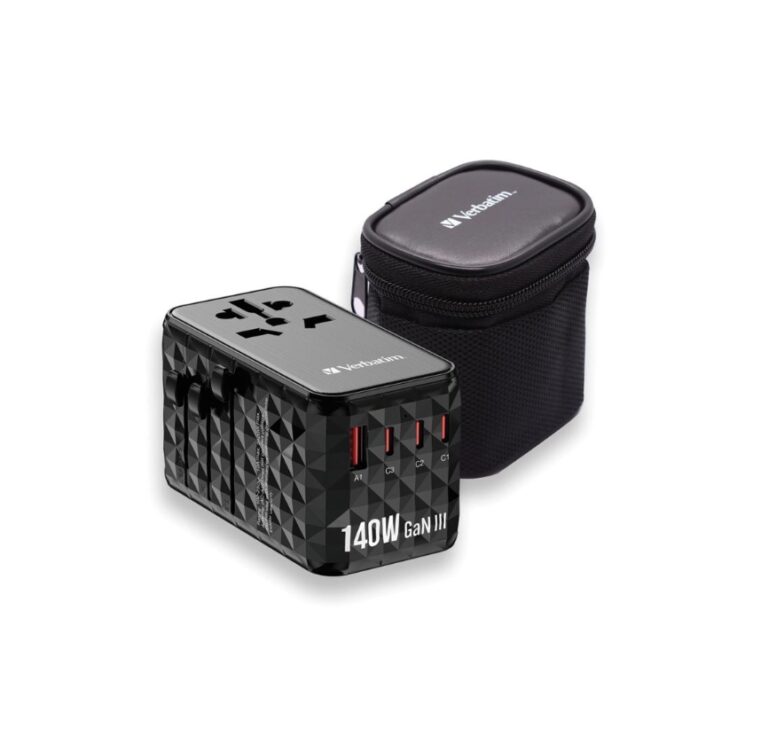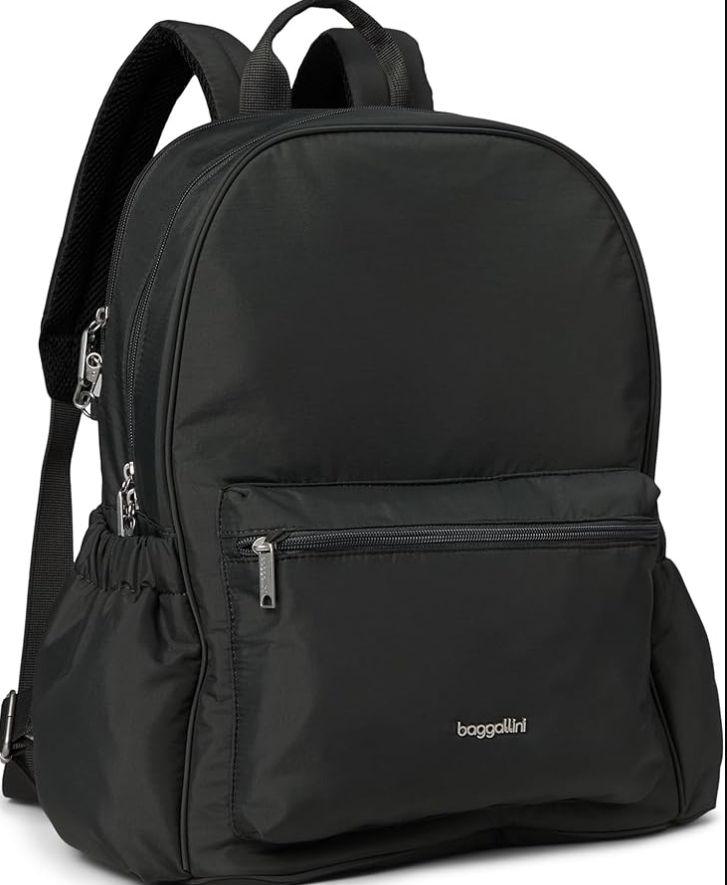Working remotely has changed the game for how and where people live. If you’ve got a stable internet connection and a job that doesn’t require showing up in person, the world is suddenly your office. But not all countries make it equally easy to settle in and get to work.
Whether you’re chasing better weather, lower living costs, or a shift in scenery, the countries below stand out for offering remote worker visas, modern infrastructure, and an overall smooth landing for digital nomads.
To help evaluate these destinations, we’ve also included each country’s Global Remote Work Index (GRWI) score, which measures how suitable a country is for remote work based on factors like internet quality, cost of living, safety, and digital infrastructure.
1. Portugal
GRWI Score: 0.824 | Avg Internet Speed: 150 Mbps | Cost of Living: $1,289/month
Portugal tops the list, thanks to its strong infrastructure, affordable living costs, and a dedicated digital nomad visa. The D7 visa (originally created for passive income earners) and the new digital nomad visa both allow remote workers to legally live and work in Portugal. Requirements include proof of remote employment and a monthly income of around €3,280.
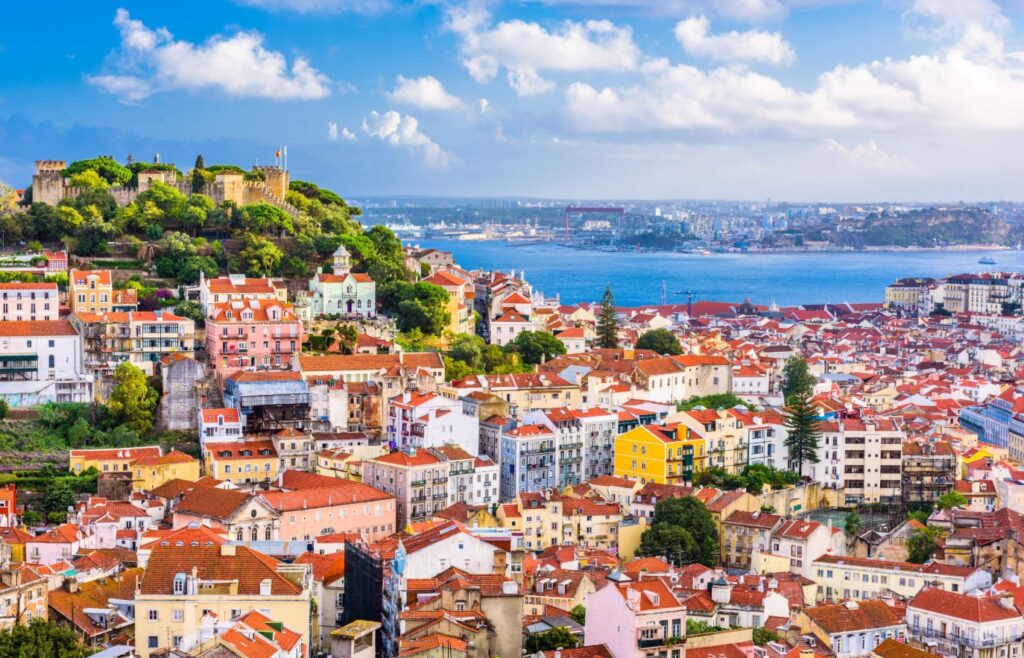
According to AFAR, Portugal’s flexible work visa and relatively low income requirements make it one of the most accessible long-term remote work options in Europe.
Packing light? A universal travel adapter will make it easier to plug in across Europe without any hassle.
Why it works: Generous visa structure, stable connectivity, and strong expat support systems.
2. Estonia
GRWI Score: 0.818 | Avg Internet Speed: 76 Mbps | Cost of Living: $1,203/month
Estonia was one of the first countries to introduce a digital nomad visa. It’s an ideal place for remote workers who value efficiency. The capital, Tallinn, combines medieval charm with modern amenities, including fast internet and cashless payments almost everywhere.
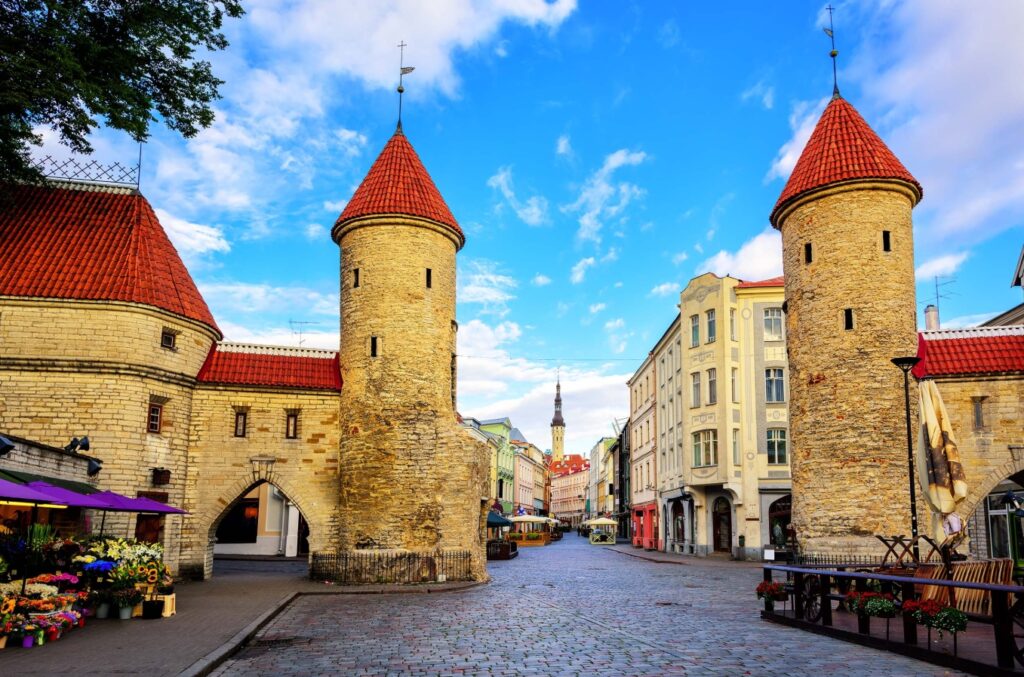
Estonia’s Digital Nomad Visa allows a stay of up to 12 months, and the e-Residency program makes it possible to start and run a business remotely, entirely online.
Why it works: Innovative digital services, English-friendly, and strong government support for remote workers.
3. Iceland
GRWI Score: 0.796 | Avg Internet Speed: 204 Mbps | Cost of Living: $2,525/month
Iceland may not be the cheapest place to live, but it offers unmatched natural beauty and one of the fastest internet speeds in the world. The country provides a digital nomad visa valid for six months, and it’s available to those employed by companies outside of Iceland or who are self-employed.

English is widely spoken, and time zones line up well with both North America and Europe.
AFAR highlights Iceland’s cultural calendar and natural attractions, recommending remote workers time their stays around events like the Reykjavík Art Festival or the Northern Lights season.
For harsh weather climates like Iceland, investing in a good packable down jacket can make all the difference during remote work breaks outdoors.
Why it works: Ideal for short-term digital nomads, high-speed internet, and seasonal travel perks.
4. Canada
GRWI Score: 0.793 | Avg Internet Speed: 166 Mbps | Cost of Living: $2,062/month
Canada is rolling out a digital nomad visa that allows remote workers to stay up to six months with a visitor visa. While still new, this policy reflects a growing openness toward location-independent professionals.

Toronto, Vancouver, and Montreal provide strong infrastructure, access to nature, and a multicultural environment. If you’re already working for a non-Canadian employer and meet income requirements, Canada can be an easy fit.
Why it works: Friendly for English speakers, excellent amenities, and breathtaking natural attractions
5. Croatia
GRWI Score: 0.781 | Avg Internet Speed: 57 Mbps | Cost of Living: $1,128/month
Croatia’s Digital Nomad Residence Permit lets remote workers stay for up to a year, with access to travel across the Schengen Area. The visa is fairly easy to obtain with proof of income and health insurance.
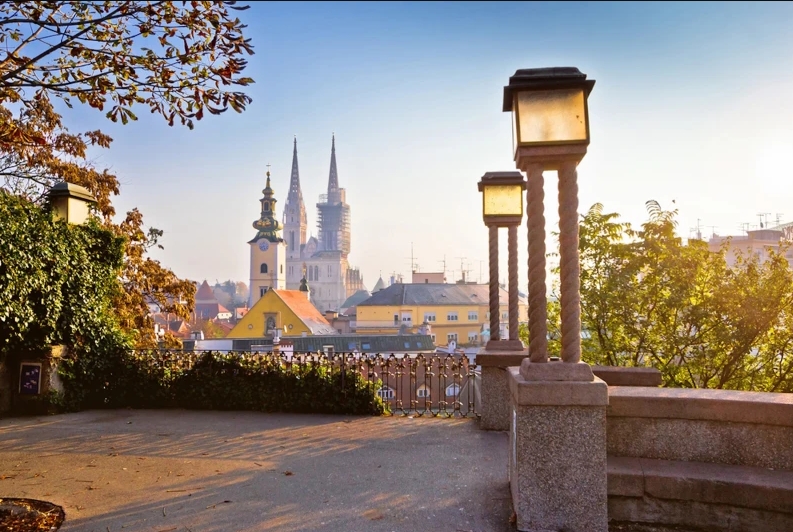
Zagreb, Split, and Dubrovnik offer a mix of modern conveniences, co-working spaces, and rich cultural history. Croatia also appeals to digital nomads with its Mediterranean climate and island-hopping lifestyle.
Why it works: Visa includes Schengen access, reasonable cost of living, and plenty of places to explore during off-hours.
6. United Arab Emirates (Dubai and Abu Dhabi)
GRWI Score: 0.668 | Avg Internet Speed: 189 Mbps | Cost of Living: $1,902/month
Dubai and Abu Dhabi are two of the most advanced cities in the Middle East, with excellent digital infrastructure and a tax-free income environment. Dubai’s Virtual Working Program and Abu Dhabi’s Remote Work Visa both allow stays of up to a year.

You’ll need proof of employment, health insurance, and a monthly income of $3,500 to $5,000, depending on the emirate. Despite the higher cost, you get luxury-level amenities and international networking opportunities.
Why it works: Safe, well-connected, and ideal for professionals in finance, tech, and consulting.
7. Georgia
GRWI Score: 0.662 | Avg Internet Speed: 178 Mbps | Cost of Living: $974/month
Georgia offers one of the most flexible programs. With the “Remotely from Georgia” initiative, citizens from 95+ countries can stay visa-free for up to a year. The cost of living is low, and Tbilisi, the capital, has become a remote work hotspot.

Coworking spaces, mountain views, and a unique cultural mix make Georgia attractive, especially for budget-conscious freelancers.
A sturdy anti-theft laptop backpack makes it easier to move between coworking spots while keeping your gear safe.
Why it works: No visa needed for many travelers, great internet speeds, and an ultra-low cost of living.
8. Costa Rica
GRWI Score: 0.645 | Avg Internet Speed: 80 Mbps | Cost of Living: $1,148/month
Costa Rica is well known for its focus on sustainability and eco-tourism, but it also has a strong offering for digital nomads. Its digital nomad visa requires a monthly income of $3,000 (or $4,000 with dependents) and allows a one-year stay, renewable for another year.
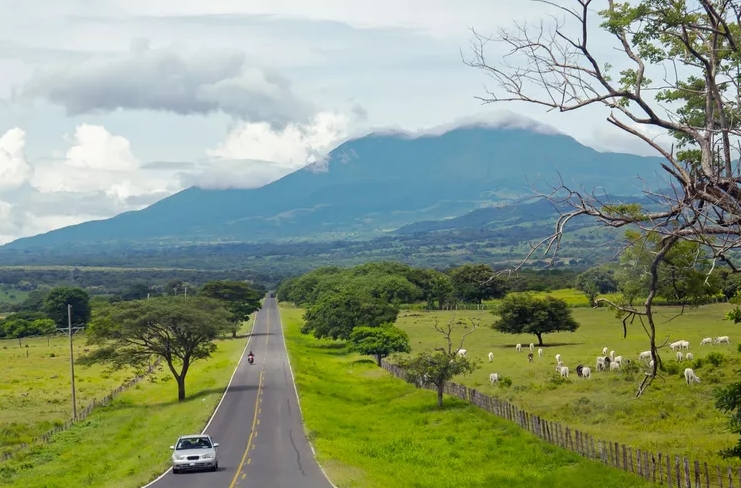
Whether you prefer the beach life in Tamarindo or city amenities in San José, you’ll find coworking spaces and a welcoming expat community.
Why it works: Tropical climate, English widely spoken, and visa designed specifically for remote workers.
9. Mexico
GRWI Score: 0.614 | Avg Internet Speed: 63 Mbps | Cost of Living: $976/month
Mexico doesn’t have a formal digital nomad visa but offers a temporary resident visa that can last up to four years. You’ll need to show proof of income or savings, but the requirements are achievable for many remote professionals.
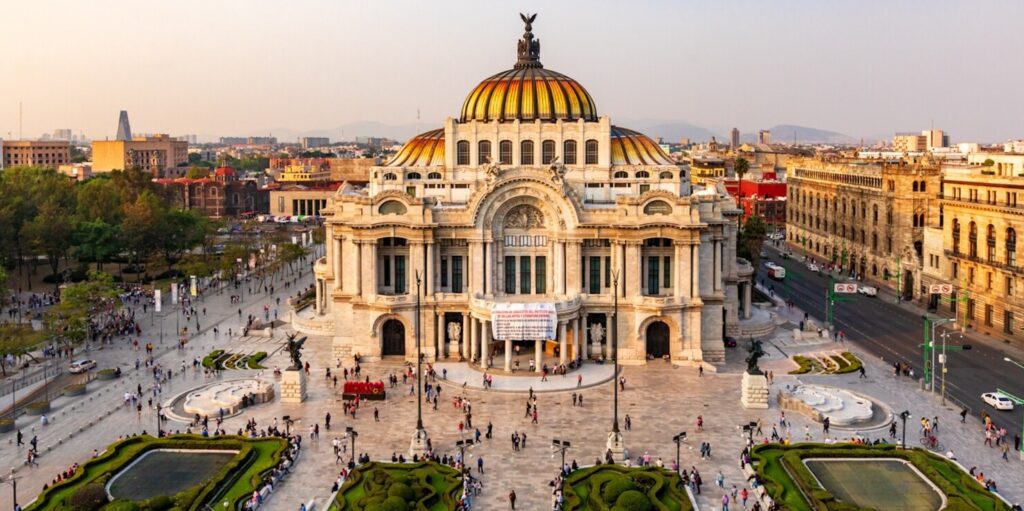
Cities like Mexico City, San Miguel de Allende, and Puerto Vallarta are packed with culture, affordable rent, and excellent coworking environments.
Why it works: Time zone alignment with the U.S., accessible visa options, and strong digital nomad communities.
10. Colombia
GRWI Score: 0.598 | Avg Internet Speed: 112 Mbps | Cost of Living: $735/month
Colombia has one of the lowest cost-of-living thresholds for visa eligibility. The Digital Nomad Visa allows you to stay for up to two years if you earn just $684 per month. That opens doors for freelancers, creatives, and those on lower income scales.
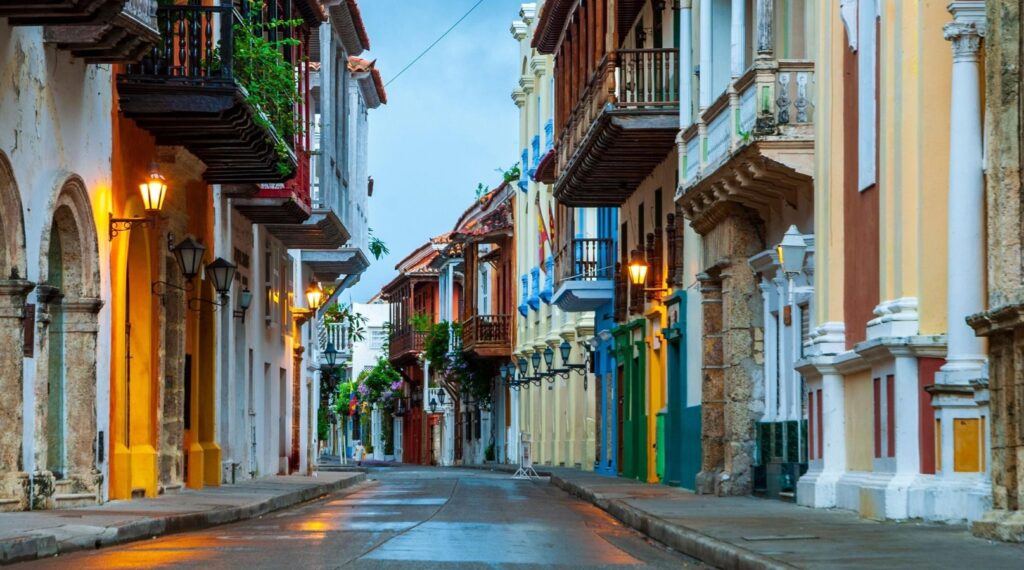
Cities like Medellín and Bogotá are modern, connected, and full of coworking options. Medellín in particular has become a tech hub with year-round spring weather.
Why it works: Low barrier to entry, affordable lifestyle, and rapidly growing remote work infrastructure.
Things to Consider Before Choosing a Country
Before packing your bags, consider these essentials:
Visa Requirements: Some visas are long-term, while others cap at six months. Review income requirements and renewal options.
Taxes: Just because you’re abroad doesn’t mean you’re exempt from taxes. Look into local tax laws and any treaties with your home country.
Healthcare: Some visas require proof of insurance. Research local healthcare access.
Safety and Connectivity: Always check safety ratings and ensure your chosen city has reliable internet before committing.
Final Thoughts
If you’ve been dreaming of working remotely from somewhere new, now is a great time to make it happen. Whether you want fast internet in Estonia, tropical beaches in Costa Rica, or low living costs in Colombia, the world has never been more open to remote workers.
Start by reviewing your income, your visa options, and what kind of lifestyle you’re after. Then pick a destination that aligns with your goals, and make your remote life more than just a Zoom background with a beach filter.
Let your job take you somewhere inspiring.
